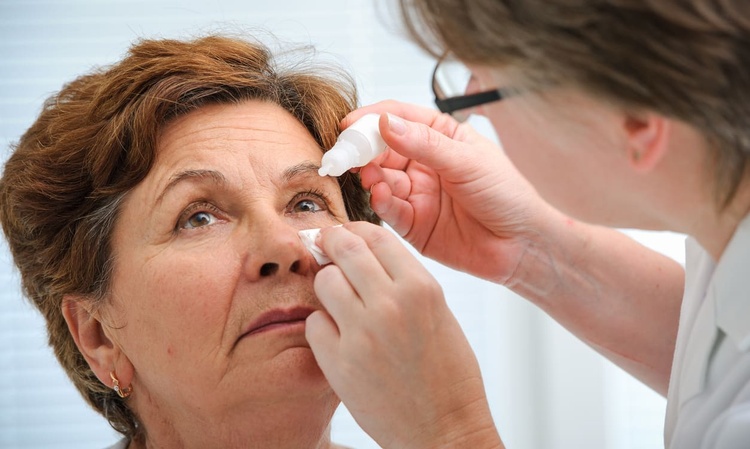Dry Eye Treatment for Seniors: Practical Options to Protect Vision
Dry eye is a common condition that becomes more likely with age and affects comfort, daily activities, and overall vision quality. For seniors, even mild dryness can make reading, watching television, or using digital devices uncomfortable and may alter how well glasses correct vision. Fortunately, many effective dry eye treatments—from over-the-counter lubricating drops to in-clinic procedures—can reduce symptoms and improve tear quality. This article explains causes, safe self-care steps, medical treatments, and how to work with eye care professionals and local services for the best outcomes.

This article is for informational purposes only and should not be considered medical advice. Please consult a qualified healthcare professional for personalized guidance and treatment.
How does dry eye affect a senior’s daily life?
Dry eye in a senior can mean burning, grittiness, tearing, and fluctuating vision that makes tasks like reading the newspaper or recognizing faces more difficult. Age-related changes—reduced tear production, eyelid laxity, or systemic medications—raise susceptibility. When tear film is unstable, glasses may seem to “fog” or stop giving crisp focus, leading to frequent adjustments. Addressing dry eye can restore comfort and help glasses perform as intended, allowing seniors to maintain independence in reading, driving (when safe), and social engagement.
What should elderly patients watch for and report?
Elderly patients should note symptoms such as persistent irritation, sensitivity to light, blurry vision that improves after blinking, or unusual tearing. These symptoms can mimic other eye conditions, so tracking onset, triggers (wind, dry heat, long reading sessions), and any medication changes is important before clinical visits. Mentioning systemic issues like arthritis, diabetes, or thyroid problems is also helpful because systemic inflammation or medications can worsen dry eye. Early reporting to an eye care provider helps tailor treatments and prevents progression.
What are common eye-focused treatments and lifestyle steps?
First-line management usually combines simple lifestyle changes with topical agents. Warm compresses and lid hygiene can help clogged glands release oils that stabilize the tear film. Over-the-counter artificial tears (preservative-free formulations for frequent use) provide symptom relief. Environmental adjustments—using a humidifier, wearing wraparound glasses outdoors, and reducing direct airflow—reduce evaporation. For many seniors, optimizing hydration and reviewing systemic medications with a physician also helps. These measures are low-risk and often effective when used consistently.
When are medical or in-clinic options needed?
If conservative measures and artificial tears are insufficient, clinicians may recommend prescription topical medications (such as anti-inflammatory eye drops), oral omega-3 supplements when appropriate, or procedures like punctal occlusion (small plugs) to conserve tears. Meibomian gland dysfunction may respond to in-office thermal pulsation or manual expression performed by an eye care specialist. Some treatments require monitoring for side effects and regular follow-up, so seniors should discuss benefits, risks, and how any intervention might interact with current eye conditions or glasses prescriptions.
How does dry eye affect long-term vision and glasses use?
Chronic dry eye can create fluctuating vision that makes glasses prescriptions seem inconsistent; frequent refractions during active symptoms may yield unstable results. Stabilizing the tear film before obtaining new glasses leads to more reliable vision correction. Untreated severe dry eye can risk corneal surface damage or scarring that affects vision permanently, though this is uncommon with modern management. Coordinating care between primary care physicians, ophthalmologists, and optometrists ensures that underlying causes are addressed and that glasses prescriptions reflect true visual needs once the ocular surface is healthier.
In summary, dry eye is a manageable condition with a spectrum of options ranging from simple home care to specialized in-office treatments. Seniors and their caregivers benefit from recognizing symptoms early, communicating systemic health factors to providers, and stabilizing the ocular surface before making changes to glasses or pursuing invasive interventions. With coordinated care and consistent self-care, many elderly patients regain comfortable vision and improved quality of life.






